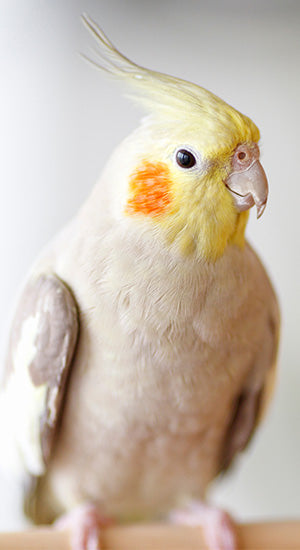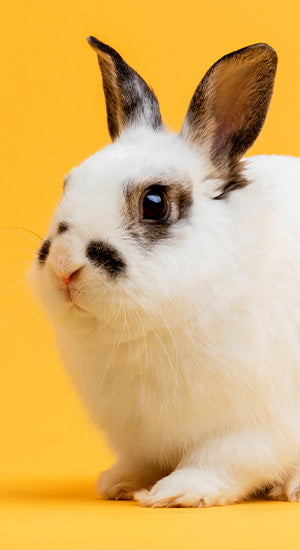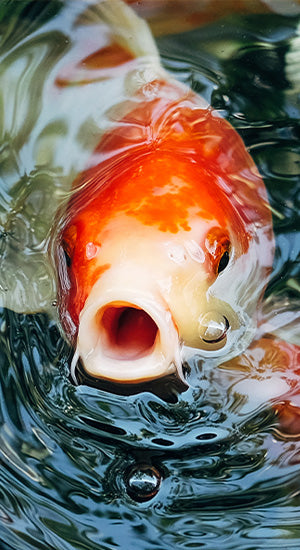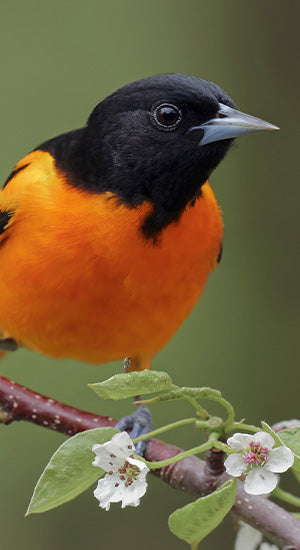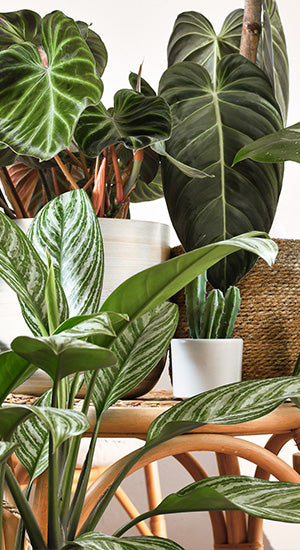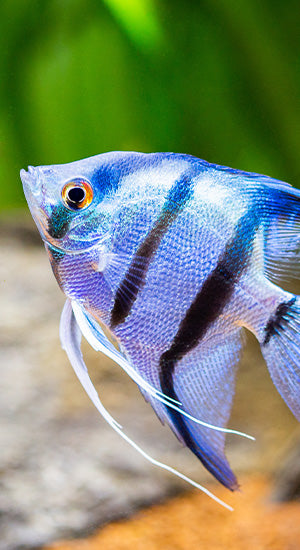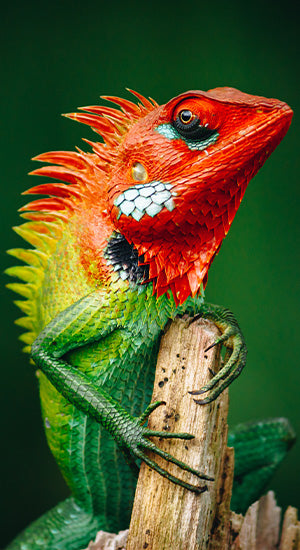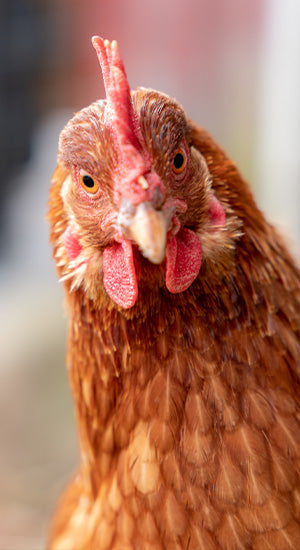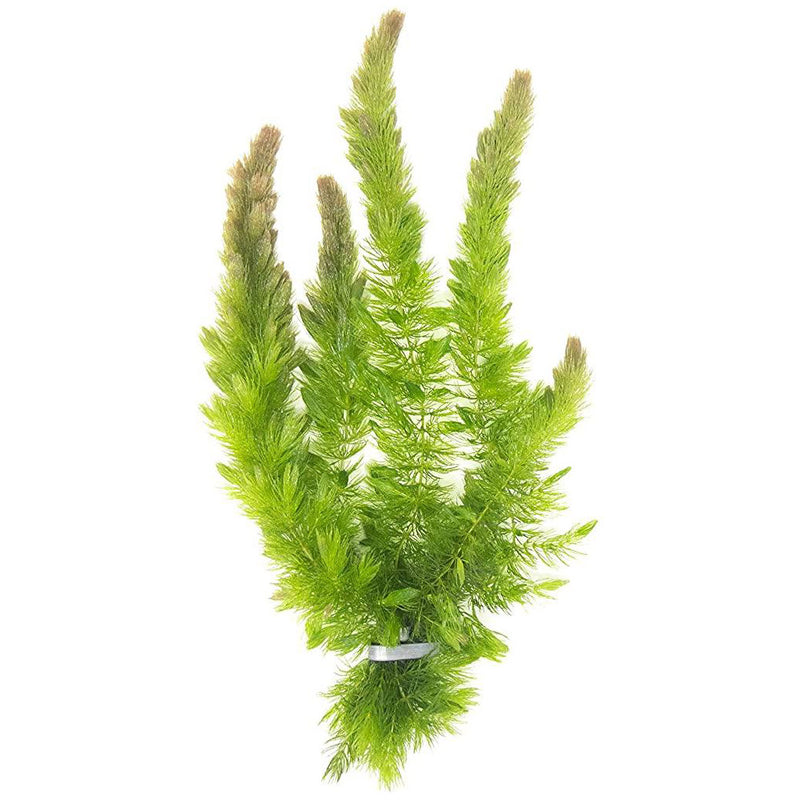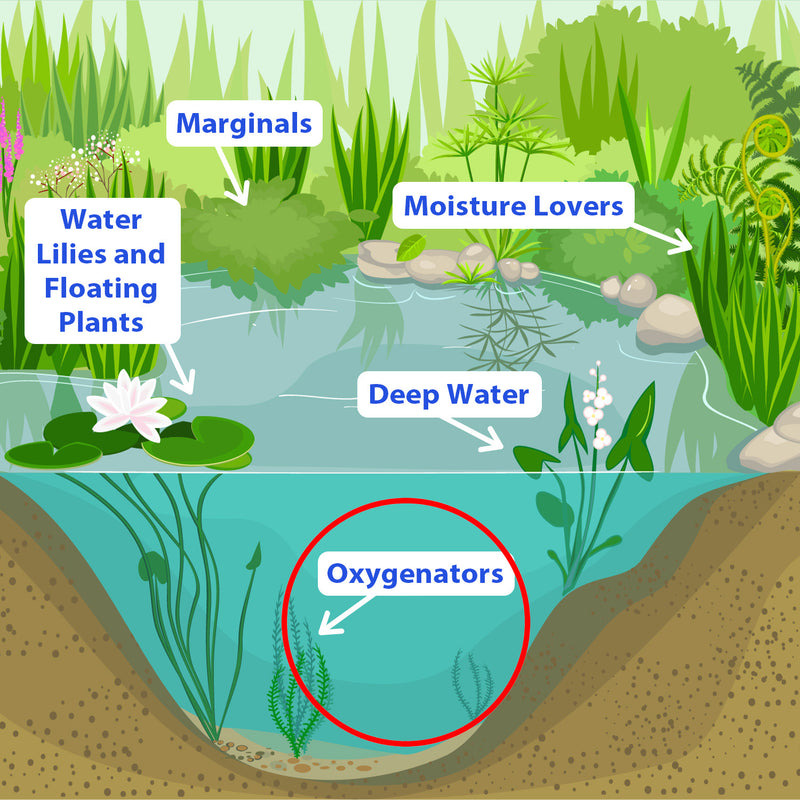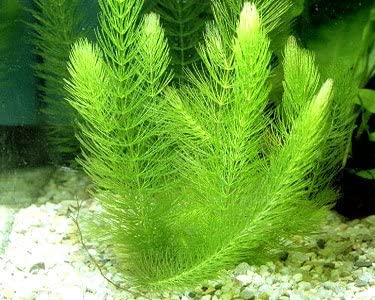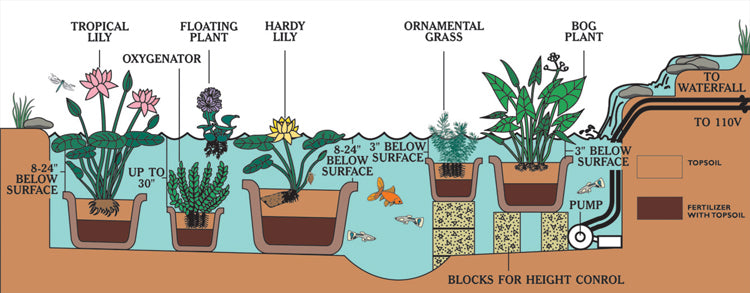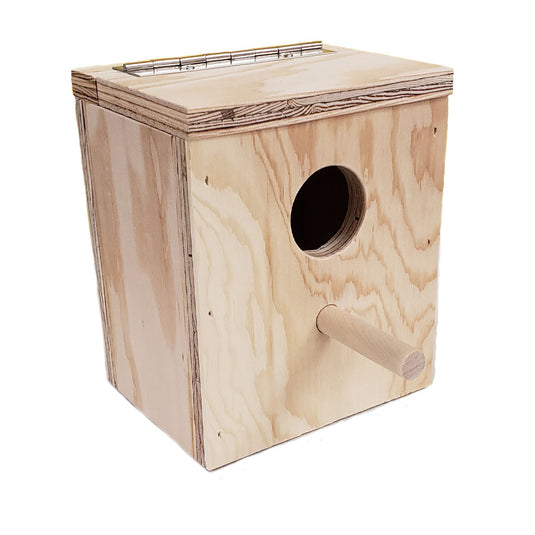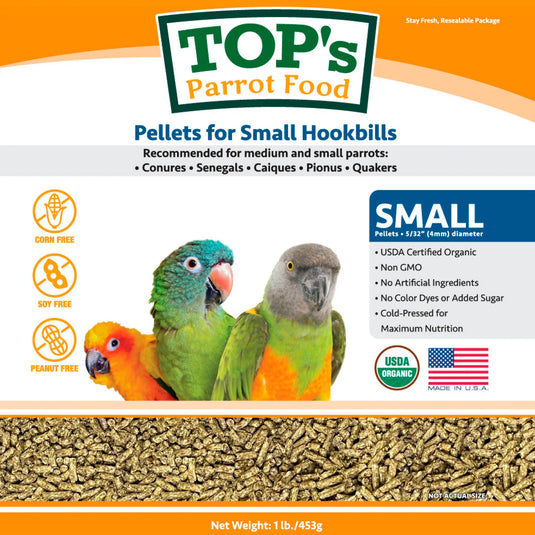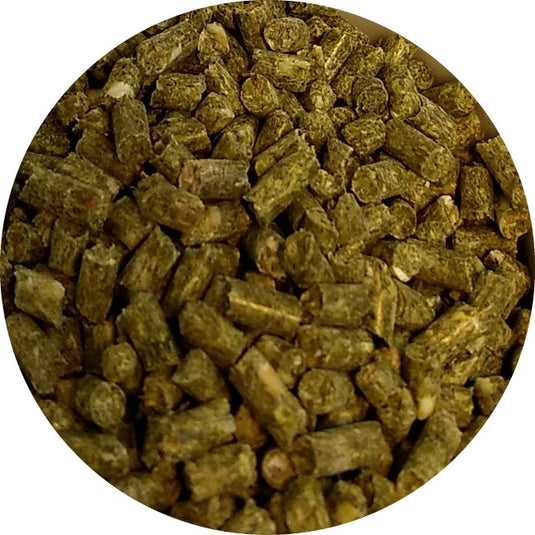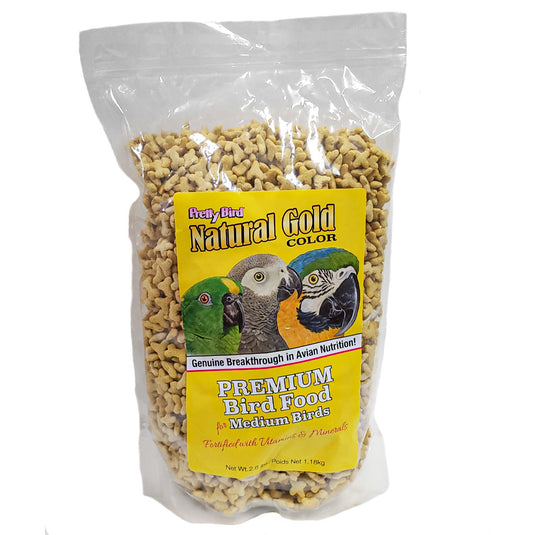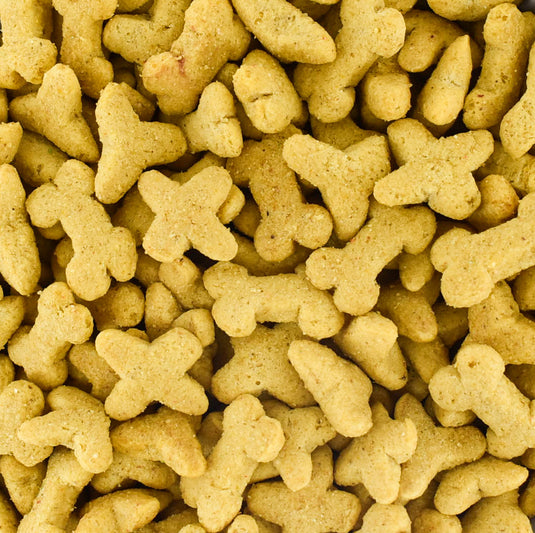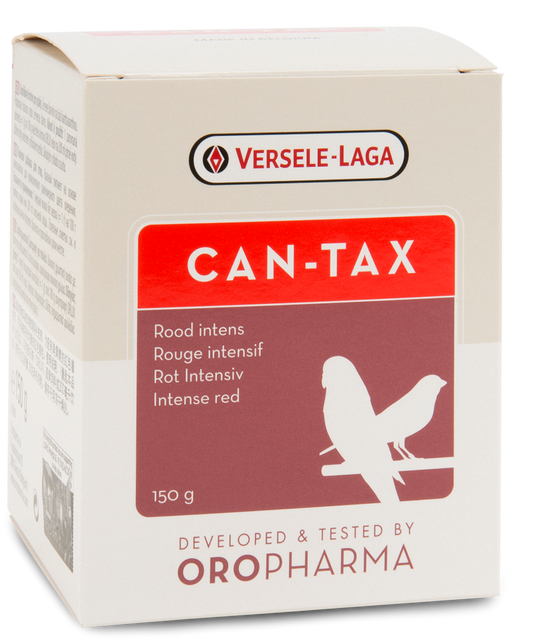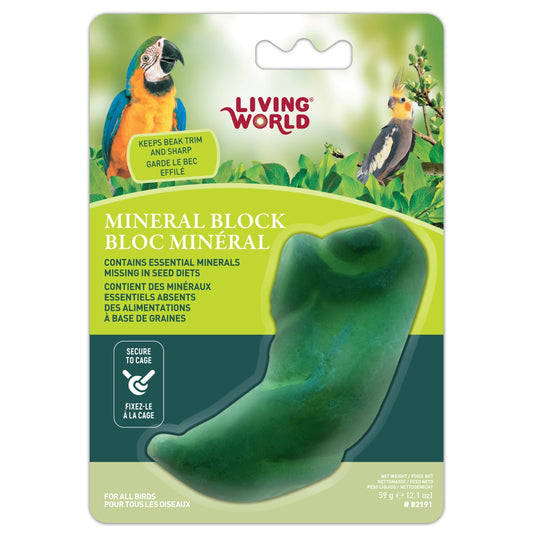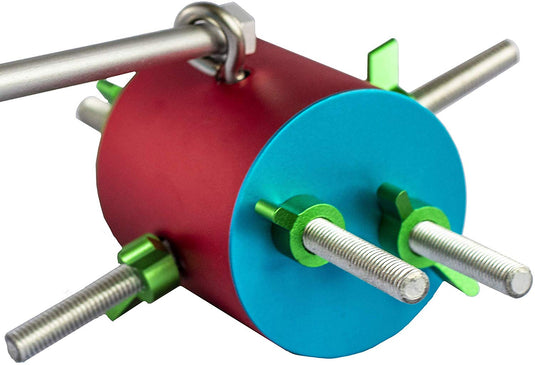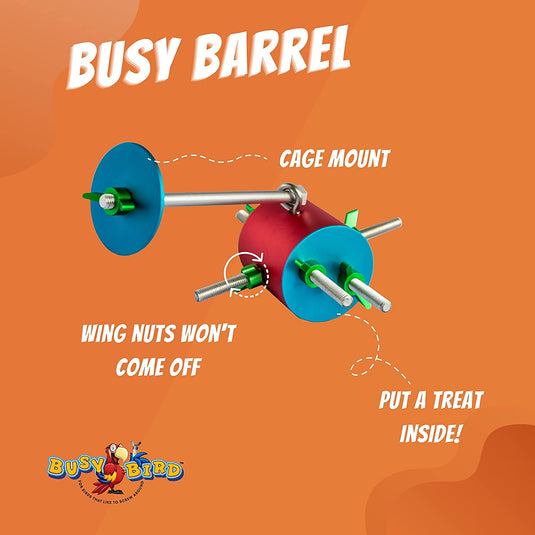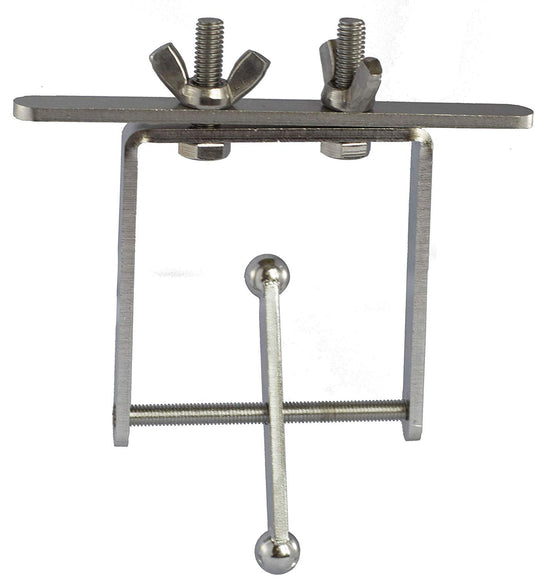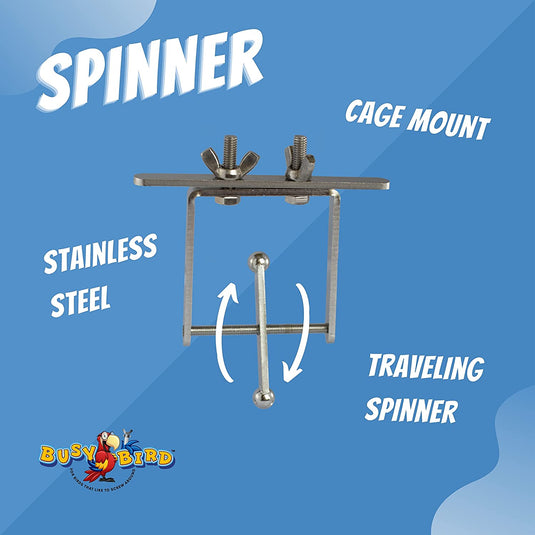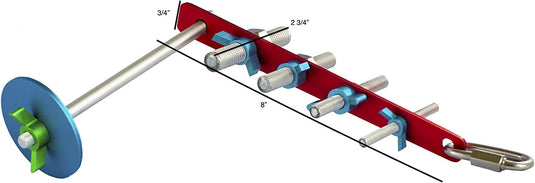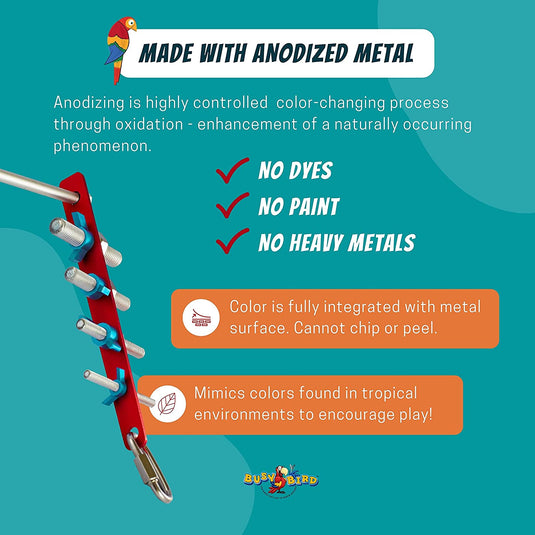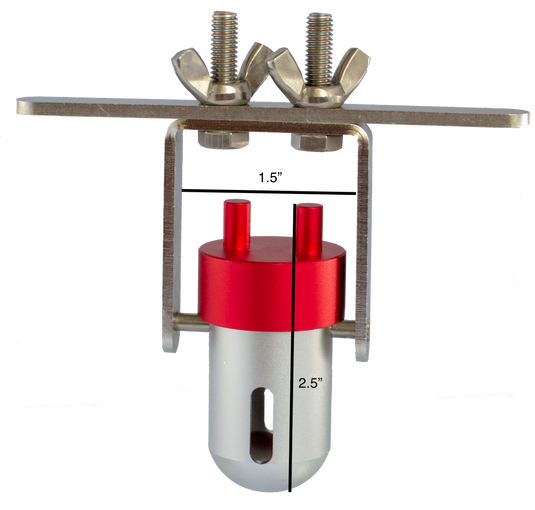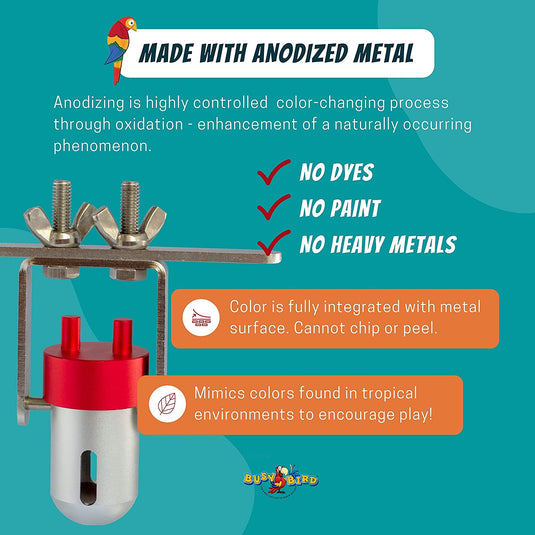Where Do I Plant It?
Hornwort is an oxygenator that is generally happiest if allowed to root in the bottom of the pond, but will also root and thrive in pots with dirt, or really anywhere they can.
What Is Hornwort?
Hornwort is one of the easiest freshwater plants to grow. This is demonstrated by its success in the wild where it has spread to every continent except Antarctica, after originating in North America. Its high tolerance to various water conditions makes it ideal for beginners, while its fast growth rate and easy to propagate means a little will go a long way.
As a plant, hornwort photosynthesizes. The main byproduct of photosynthesis is oxygen. As a result, it will oxygenate the tank for your fish. Furthermore, it provides areas of shelter for fish looking to escape each other or the light. Plants like this may be used as a nursery for fry as well.
It also helps improve the quality of the water. It takes in small amounts of the waste that fish produce, as well as nitrogen compounds, keeping the water cleaner and lightening the workload for the filter.
Another reason for hornwort’s success is that it has allelopathic abilities. This means that it can produce chemicals that prevent the growth of other species, leaving more space and nutrients for itself. The allelopathic abilities can inhibit the growth of blue-green algae (cyanobacteria). This is an alga that can quickly get out of control in conditions with too much light or lots of organic waste.
Hornwort thrives in a wide range of temperatures and in almost any lighting. Lighting should be kept on the low to medium side, and limited to about 8 hours a day. Any more than this and the hornwort will take on a long stringy form, with large unsightly gaps between the needles.
It can be planted or allowed to float freely, but when planted the lower sections of the plant will often die. It does form a root-like structure when placed in the substrate but quickly starts to look terrible as it loses needles near the base of the plant.
Hornwort is incredibly easy to propagate. It will naturally grow side shoots off the main stem, and these can be pinched off to grow another full plant. Sections of the main stem can also be broken off, and both pieces will grow into full plants.
Hornwort is compatible with all fish and is one of the few plants that will survive with goldfish. That’s not to say that the goldfish won’t nibble on the plant, but it’s spiky nature and phenomenal growth rate, ensures that it will survive in a goldfish tank – as long as they aren’t too hungry.

Shower your feathered friend (or furry companion!) with love and rewards at Exotic Wings! Our customer rewards program makes it easy to earn points and save on everything you need to keep your pet happy and healthy. Simply create a free account and you're automatically enrolled. Every dollar spent (excluding taxes and shipping) earns you a point, and those points add up quickly to valuable discounts! Redeem your points at checkout for savings on a variety of bird food, treats, toys, cages, and other pet essentials. We also offer bonus points for referring friends, so spread the love and watch your rewards grow even faster! Sign up today and start earning rewards on all your pet purchases at Exotic Wings!
Our program currently consists of both points & referrals!
Access your rewards by clicking the blue rewards widget on the bottom left of your screen.
Points:
- For every dollar you spend (excluding taxes and shipping) you are rewarded a point!
- Spend your points on discount codes which can be redeemed at checkout.
- 500 Points = $10.00 off an order over $50.00.
- 1000 Points = $25.00 off an order over $100.00.
Referrals:
- Sign into your account and share your referral link!
- Located in the rewards widget on the bottom right of your screen.
- They get a $5 off discount (For orders over $50.00)
- You get a bonus 25 Point for each successful referral.
Have questions about our rewards program? View rewards FAQ's.
Where Do I Plant It?
Hornwort is an oxygenator that is generally happiest if allowed to root in the bottom of the pond, but will also root and thrive in pots with dirt, or really anywhere they can.
What Is Hornwort?
Hornwort is one of the easiest freshwater plants to grow. This is demonstrated by its success in the wild where it has spread to every continent except Antarctica, after originating in North America. Its high tolerance to various water conditions makes it ideal for beginners, while its fast growth rate and easy to propagate means a little will go a long way.
As a plant, hornwort photosynthesizes. The main byproduct of photosynthesis is oxygen. As a result, it will oxygenate the tank for your fish. Furthermore, it provides areas of shelter for fish looking to escape each other or the light. Plants like this may be used as a nursery for fry as well.
It also helps improve the quality of the water. It takes in small amounts of the waste that fish produce, as well as nitrogen compounds, keeping the water cleaner and lightening the workload for the filter.
Another reason for hornwort’s success is that it has allelopathic abilities. This means that it can produce chemicals that prevent the growth of other species, leaving more space and nutrients for itself. The allelopathic abilities can inhibit the growth of blue-green algae (cyanobacteria). This is an alga that can quickly get out of control in conditions with too much light or lots of organic waste.
Hornwort thrives in a wide range of temperatures and in almost any lighting. Lighting should be kept on the low to medium side, and limited to about 8 hours a day. Any more than this and the hornwort will take on a long stringy form, with large unsightly gaps between the needles.
It can be planted or allowed to float freely, but when planted the lower sections of the plant will often die. It does form a root-like structure when placed in the substrate but quickly starts to look terrible as it loses needles near the base of the plant.
Hornwort is incredibly easy to propagate. It will naturally grow side shoots off the main stem, and these can be pinched off to grow another full plant. Sections of the main stem can also be broken off, and both pieces will grow into full plants.
Hornwort is compatible with all fish and is one of the few plants that will survive with goldfish. That’s not to say that the goldfish won’t nibble on the plant, but it’s spiky nature and phenomenal growth rate, ensures that it will survive in a goldfish tank – as long as they aren’t too hungry.

Shower your feathered friend (or furry companion!) with love and rewards at Exotic Wings! Our customer rewards program makes it easy to earn points and save on everything you need to keep your pet happy and healthy. Simply create a free account and you're automatically enrolled. Every dollar spent (excluding taxes and shipping) earns you a point, and those points add up quickly to valuable discounts! Redeem your points at checkout for savings on a variety of bird food, treats, toys, cages, and other pet essentials. We also offer bonus points for referring friends, so spread the love and watch your rewards grow even faster! Sign up today and start earning rewards on all your pet purchases at Exotic Wings!
Our program currently consists of both points & referrals!
Access your rewards by clicking the blue rewards widget on the bottom left of your screen.
Points:
- For every dollar you spend (excluding taxes and shipping) you are rewarded a point!
- Spend your points on discount codes which can be redeemed at checkout.
- 500 Points = $10.00 off an order over $50.00.
- 1000 Points = $25.00 off an order over $100.00.
Referrals:
- Sign into your account and share your referral link!
- Located in the rewards widget on the bottom right of your screen.
- They get a $5 off discount (For orders over $50.00)
- You get a bonus 25 Point for each successful referral.
Have questions about our rewards program? View rewards FAQ's.

